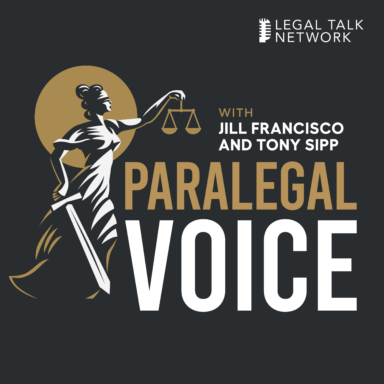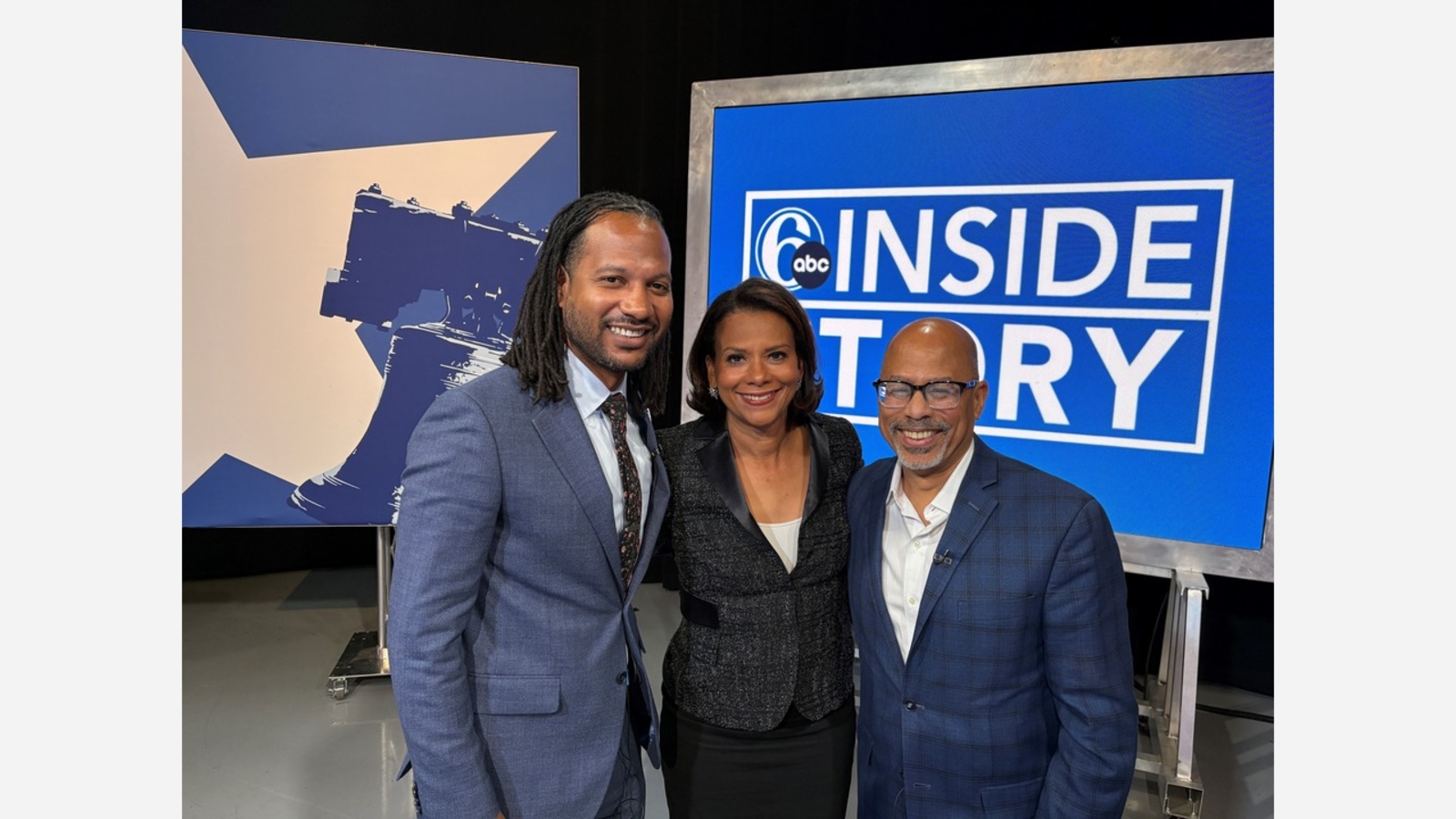Report on Civil Rights Initiatives and Their Contribution to Sustainable Development Goals
Advancing SDG 16: Peace, Justice, and Strong Institutions
The work of the Los Angeles Civil + Human Rights and Equity Department, under the direction of Capri Maddox, provides a framework for achieving Sustainable Development Goal 16. The department’s mission is to build strong, inclusive institutions and ensure equal access to justice for all residents.
- Philosophy on Public Safety: The department operates on the principle that sustainable public safety is not achieved through punitive measures alone but through systemic inclusion and justice. This directly supports SDG Target 16.3, which aims to promote the rule of law and ensure equal access to justice.
- Inclusive Justice: By ensuring that justice systems are perceived as fair and representative for all communities, the department works to build effective, accountable, and inclusive institutions at all levels, aligning with SDG Target 16.6.
- Role of the Legal Profession: The contribution of all members of the legal team, including attorneys and paralegals, is recognized as essential for executing large-scale projects that fortify civil rights and strengthen the rule of law.
Fostering SDG 11: Sustainable Cities and Communities
A key initiative, the “Just Say Hello” campaign, is a strategic effort to enhance urban sustainability by fostering social cohesion and safety. This project directly contributes to the objectives of SDG 11 by making cities more inclusive and safe.
- Objective: To create a more welcoming and inclusive urban environment by encouraging simple, positive interactions among strangers.
- Mechanism: The campaign posits that personal acknowledgment can reduce the likelihood of mistreatment and build community bonds, thereby increasing public safety and a sense of belonging.
- SDG Alignment: This initiative supports SDG Target 11.7, which focuses on providing universal access to safe, inclusive, and accessible public spaces for all.
Addressing SDG 10: Reduced Inequalities
The department’s overarching goal is to establish Los Angeles as a “city of belonging,” which fundamentally addresses the core principles of SDG 10. By actively working to protect and enhance civil and human rights, the department seeks to reduce social and political inequalities.
- Equity Mandate: The department’s focus on equity ensures that all individuals feel welcome, respected, and empowered, directly contributing to SDG Target 10.2 to empower and promote the social and political inclusion of all.
- Community Empowerment: Initiatives are designed to ensure that every resident feels represented and included, which is a prerequisite for reducing inequalities and building a just society.
Analysis of Sustainable Development Goals in the Article
-
Which SDGs are addressed or connected to the issues highlighted in the article?
The article highlights issues directly connected to several Sustainable Development Goals (SDGs), primarily focusing on creating a just, inclusive, and safe urban environment. The relevant SDGs are:
- SDG 16: Peace, Justice and Strong Institutions: This is the most prominent SDG, as the article centers on the work of the Los Angeles Civil + Human Rights and Equity Department. Its mission to ensure “justice works for all,” protect “civil rights,” and achieve “public safety” through inclusion directly aligns with the goal of promoting peaceful and inclusive societies for sustainable development.
- SDG 10: Reduced Inequalities: The article’s emphasis on “equity,” making everyone feel “included” and “represented,” and creating a “welcoming space for all” directly addresses the goal of reducing inequality within and among countries. The work described aims to ensure that all individuals, regardless of their background, have equal opportunities and are treated with respect.
- SDG 11: Sustainable Cities and Communities: The entire initiative is set within the context of Los Angeles. The goal to make the city a “city of belonging,” “friendlier,” and “safe” for all its inhabitants connects to the aim of making cities and human settlements inclusive, safe, resilient, and sustainable.
-
What specific targets under those SDGs can be identified based on the article’s content?
Based on the article’s discussion of civil rights, justice, and inclusion, the following specific targets can be identified:
- Target 16.1: Significantly reduce all forms of violence and related death rates everywhere. The article implies this target when Capri Maddox states that a city “can’t arrest its way to safety.” Her approach to ensuring “public safety” through inclusion and making people feel welcome is a strategy aimed at preventing conflict and violence at the community level.
- Target 16.3: Promote the rule of law at the national and international levels and ensure equal access to justice for all. This is directly addressed by the statement that the goal is to make sure “justice works for all, not just a few.” The department’s focus on “Civil + Human Rights” is fundamentally about ensuring equal access to justice.
- Target 10.2: By 2030, empower and promote the social, economic and political inclusion of all, irrespective of age, sex, disability, race, ethnicity, origin, religion or economic or other status. The article’s core message is about creating a “city of belonging” and a “welcoming space for all.” The “Just Say Hello” campaign is a practical tool to “ensure everyone feels welcome, respected, safe, and empowered,” which is the essence of social inclusion.
- Target 11.7: By 2030, provide universal access to safe, inclusive and accessible, green and public spaces… While not mentioning physical spaces, the article focuses on the social atmosphere of the city. The effort to create a “friendlier, more inclusive city” where people feel safe and welcome in their communities directly contributes to the social dimension of this target.
- Target 16.b: Promote and enforce non-discriminatory laws and policies for sustainable development. The existence and mission of the “Los Angeles Civil + Human Rights and Equity Department” itself is an effort to enforce policies that protect rights and combat discrimination, which is the core of this target.
-
Are there any indicators mentioned or implied in the article that can be used to measure progress towards the identified targets?
The article does not mention any formal, quantitative SDG indicators. However, it implies several qualitative or proxy indicators that could be used to measure progress:
- Public Perception of Safety and Inclusion: The article states the goal is to “make sure everyone feels included, feels represented, and feels that justice works for all.” An implied indicator would be the measurement of these feelings through community surveys or qualitative assessments. This relates to official indicators like 16.1.4 (Proportion of population that feel safe walking alone around the area they live).
- Community Cohesion Initiatives: The “Just Say Hello” campaign is presented as a “simple, yet powerful project” to create a more inclusive city. The implementation, reach, and perceived impact of such campaigns can serve as an indicator of community efforts to foster social cohesion and mutual respect.
- Institutional Commitment to Human Rights: The work of the “Los Angeles Civil + Human Rights and Equity Department” is a clear indicator of institutional mechanisms established to promote and protect human rights, which is relevant to measuring progress on Target 16.b. The scope and effectiveness of this department’s programs would be a measure of progress.
Summary of SDGs, Targets, and Indicators
| SDGs | Targets | Indicators (Implied from the Article) |
|---|---|---|
| SDG 16: Peace, Justice and Strong Institutions |
|
|
| SDG 10: Reduced Inequalities |
|
|
| SDG 11: Sustainable Cities and Communities |
|
|
Source: legaltalknetwork.com





